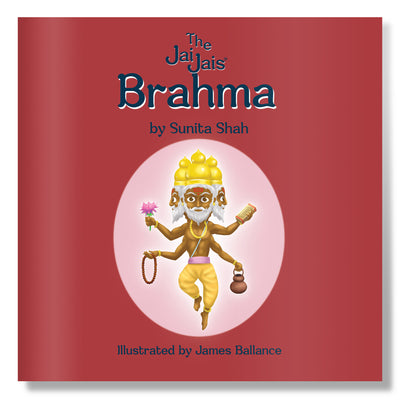Gunas are an ancient way to understand how life works. In Samkhya philosophy, the material universe is referred to as prakriti. Every aspect of prakriti is shaped by the connection of the three Gunas. The three Gunas are known as Sattva, Rajas and Tamas.
Sattva is experienced as stillness, balance, harmony, and clarity. Emotional states associated with Sattva include happiness, joy, peace, love, freedom, friendliness, openness, creativity, fulfilment and inspiration.
Rajas is movement, activity, agitation and desire. Rajasic states include passion, alertness, determination, self-centeredness, anxiety, restlessness, anger, greed and worry.
Tamas is the densest of the three qualities and experienced as inertia, obscuration, inactivity and fear. Tamasic states include laziness, doubt, sadness, hurt, shame, boredom, and ignorance.
These three Gunas form the basis of all our experience.
They are always at play in our lives and their influence is reflected in our physical, mental and emotional states.
Tamas is responsible for sleep, so it serves a necessary function. Too much Tamas, however, and we experience unbalance, feeling lethargic , sluggish and lazy.
It makes us dull physically, mentally and emotionally. It obscures the mind like a thick cloud and makes it difficult to think clearly. Even the simplest action can become a struggle. People with excess Tamas can lead to depression.
To support and balance Tamas this is where we require Rajas. We need Rajas to motivate us to get things done. Again Rajas should be balanced as too much Rajas can lead to feeling anxious, angry and greedy. They finds it hard to switch off and can be exhausting to be around. They are over active and with the endless things they have to do can lead to burn out and stress. This can lead to insomnia. It is important to have the balance of Tamas and Rajas to function. Rajas compels us to chase all kinds of goals, objects and acquisitions.
Sattva creates the harmony between Tamas and Rajas. Sattva calms the mind bringing us happiness and peace. It helps us to be our creative selves and gives us inspiration.
A great analogy for understanding the Gunas is to think of three buckets of water.
- The first bucket, tamas, is filled with mud so the water is cloudy and murky. You can’t see anything in muddy water. Even if it’s a bright, sunny day, you’ll see no reflection in the water. That’s why Tamas is known as the obscuring Guna.
- The second bucket, Rajas, is agitated; the water is choppy and always moving. There might be light reflected on the water surface, but due to the movement, it only appears in dancing glimmers. Rajas is projecting; we can see there’s light but because the water is moving we think the light is moving.
- The third bucket, sattva, is completely still and clear. Without obstruction or agitation, the water is a perfect medium for the light to shine. That’s why sattva is considered to have a revealing quality. When the mind is sattvic, we see things as they actually are.
But what is it we’re really after? It’s never the actual object of our desire that we’re really seeking. It’s the feeling of relief, satisfaction and peace we get when we attain it. This is caused when rajas (desire) gives way to sattva (contentment), and we experience a natural sense of happiness and joy.
The problem is our mind becomes conditioned to rajas. Our happiness is short-lived and soon the mind is busy seeking other things to attain. Either that or when the sattva wears off, we slip into tamas and get depressed and discouraged.
Fortunately, according to yogic and Vedanta philosophy, sattva isn’t something we need to seek or acquire. It’s already there.
We can balance our Gunas with diet, lifestyle, work and the environment we live in. Taking time out for leisure, media exposure, the people around us and living in balance. The concept of the Gunas is a simple one, but it’s a powerful and practical tool for understanding and navigating life.
By determining which of the three qualities is at play in any given situation or circumstance, we have the power to determine how we will respond, and how we will condition our mind and body. When we understand the cause and effect nature of every transaction in life, we can consciously steer our experience and get the results we want.
(Reference: Unbroken Self)












